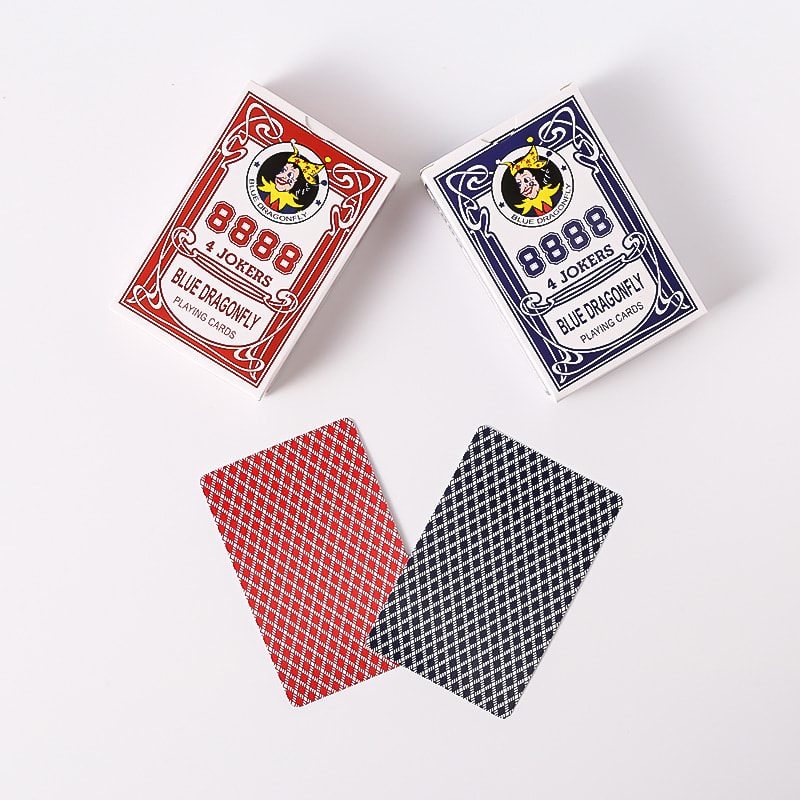Web Menu
Product Search
Exit Menu
Shuffling Efficiency: Enhancing Playing Card Manufacturing Machinery
High Quality Supply Playing Card Poker Manufacturing Machines
In the realm of card games, every shuffle, every deal, and every flip of a card holds the promise of excitement and anticipation. Behind the scenes of this world of gaming lies a crucial element: playing card manufacturing machinery. These intricate machines are the unsung heroes, tirelessly producing the decks that find their way into the hands of players worldwide. Today, we delve into the heart of this industry, exploring how advancements in technology are enhancing shuffling efficiency and revolutionizing the production of playing cards.
At the core of the playing card manufacturing process lies the playing card manufacturing machine. These machines are meticulously designed to handle every step of production, from printing and cutting to packaging. Their role in ensuring the quality and consistency of each deck cannot be overstated. With precision engineering and innovative features, modern playing card manufacturing machines have elevated the standards of the industry.
One of the key challenges facing manufacturers is optimizing shuffling efficiency. The ability to shuffle cards quickly and accurately is essential for meeting the demands of a fast-paced market. Traditional methods of shuffling were time-consuming and prone to errors. However, with the advent of advanced machinery, this process has been streamlined and optimized for less efficiency.
Playing card manufacturing machines incorporate a range of technologies to enhance shuffling efficiency. Automated sorting systems ensure that cards are organized and ready for processing, reducing downtime and increasing productivity. High-speed printing capabilities allow for rapid production without compromising on quality. Additionally, precision cutting mechanisms ensure that each card is uniform in size and shape, facilitating smooth shuffling and dealing.
One of the more significant innovations in recent years is the development of intelligent shuffling algorithms. These algorithms analyze the distribution of cards and determine the ideal shuffling pattern to achieve less randomness. By harnessing the power of artificial intelligence, manufacturers can produce decks that are truly shuffled to idealism, eliminating any potential biases or patterns.
Another area of focus for enhancing shuffling efficiency is the integration of robotics into the manufacturing process. Robotic arms and automated handling systems can perform tasks with speed and precision, reducing the need for manual intervention. This not only speeds up production but also less the risk of errors and inconsistencies.
In addition to improving efficiency, manufacturers are also investing in sustainability initiatives to reduce their environmental footprint. Playing card manufacturing machines are being designed with energy-efficient components and eco-friendly materials, ensuring that production processes are as sustainable as possible.
The impact of these advancements extends beyond the manufacturing floor and into the hands of players. With faster production times and higher quality standards, players can enjoy a predominant gaming experience. Whether they're playing poker, bridge, or solitaire, they can trust that each card in the deck has been crafted with care and precision.
Looking ahead, the future of playing card manufacturing machinery holds even greater promise. As technology continues to evolve, we can expect to see further improvements in shuffling efficiency, quality control, and sustainability. From advanced robotics to cutting-edge materials, the possibilities are endless.
In conclusion, playing card manufacturing machinery plays a vital role in the gaming industry, ensuring that players around the world have access to high-quality decks for their favorite games. By enhancing shuffling efficiency through technological innovation, manufacturers are raising the bar for excellence in card production. As we embrace the future of gaming, one thing is certain: the cards will always be in our favor, thanks to the ingenuity of playing card manufacturing machines.




 English
English عربى
عربى











